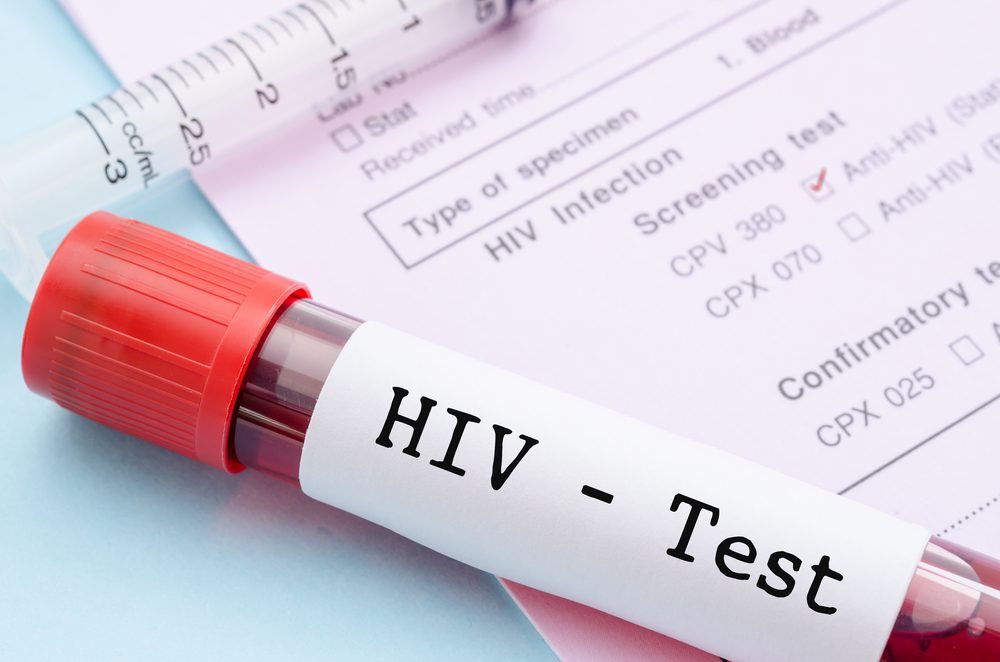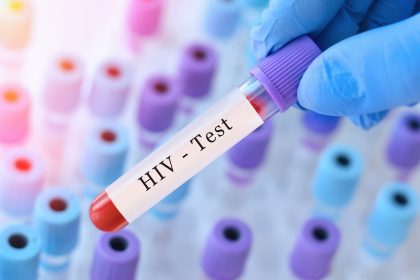A comprehensive guide to understanding and managing HIV in 2025

Addressing America’s rising HIV trends
Recent statistics have unveiled troubling increases in HIV infection rates across the United States, particularly within diverse communities. This alarming trend highlights the importance of understanding HIV and staying informed about emerging tools for prevention and management.
Understanding the HIV journey
HIV progresses through distinct and challenging stages
HIV, or Human Immunodeficiency Virus, develops in stages, each requiring tailored approaches to care. The acute phase, occurring within weeks of exposure, often presents flu-like symptoms such as fever, fatigue, and sore throat. Unfortunately, these signs can be easily mistaken for other illnesses, leading many cases to go unnoticed.
As the virus enters the chronic phase, symptoms may subside, but its quiet activity continues to weaken the immune system over several years. Without intervention, the infection can progress to Acquired Immunodeficiency Syndrome (AIDS), a severe condition marked by life-threatening infections and diseases due to a compromised immune system.
Prevention strategies in modern healthcare
New and traditional methods combine to combat HIV transmission
The landscape of Human Immunodeficiency Virus prevention has been transformed by advancements in medicine. Pre-exposure Prophylaxis (PrEP), a daily medication for individuals at higher risk, has proven to be a game-changer. By blocking the virus’s ability to establish infection, PrEP significantly reduces the likelihood of transmission.
These innovations work best when paired with established prevention strategies. Safe sex practices, such as condom use, remain critical. Regular HIV testing also serves as a cornerstone of prevention, ensuring timely detection and intervention.
Community outreach programs and education efforts play a vital role in making prevention tools accessible to marginalized populations disproportionately affected by Human Immunodeficiency Virus.
Recognizing early warning signs
Detecting HIV early is key to effective management
Early detection of HIV offers the best opportunity to manage the condition and prevent its progression. Warning signs include:
- Persistent fatigue that doesn’t resolve with rest.
- Unexplained fever lasting for several days.
- Swollen lymph nodes, particularly in the neck or underarms.
- Recurring night sweats and rapid weight loss.
However, the infection often develops without noticeable symptoms, especially in its early stages. This underscores the importance of routine screening for everyone, regardless of perceived risk or visible health concerns.
Advanced testing options
Evolving technologies bring testing to the forefront
Testing has become more accessible and user-friendly, with options tailored to individual needs. Traditional clinical testing remains a reliable choice, offering comprehensive results under the care of medical professionals.
At-home testing kits have gained popularity as a convenient alternative, allowing individuals to maintain privacy while obtaining accurate results. These kits involve simple procedures, such as finger-prick blood samples or oral swabs, with results processed through certified laboratories.
Regular testing not only benefits individuals but also helps reduce community-wide transmission rates by identifying and addressing cases early.
Living with HIV
Life with HIV is manageable thanks to medical advancements
Modern Human Immunodeficiency Virus treatment focuses on antiretroviral therapy (ART), a highly effective regimen that controls the virus and prevents its progression. ART works by suppressing viral replication, enabling individuals to maintain healthy immune function. When followed consistently, ART can even reduce the viral load to undetectable levels, minimizing the risk of transmission.
Regular medical monitoring is essential for tracking treatment effectiveness and addressing potential side effects. Beyond medication, holistic support plays a crucial role in HIV management. Access to mental health resources, peer support groups, and nutritional guidance helps individuals navigate life with HIV while maintaining physical and emotional well-being.
The future of HIV care
Continuous advancements offer hope for a brighter future
The fight against Human Immunodeficiency Virus is far from over, but ongoing research and innovation provide promising prospects. Scientists are exploring next-generation treatments, including long-acting injectable medications that could replace daily pills. Advances in testing technology aim to make early detection even more accessible and accurate.
Efforts to eliminate stigma and improve healthcare equity are also central to the future of HIV care. Public health campaigns work to increase awareness and reduce discrimination, creating environments where individuals feel safe seeking help and discussing their status.
Empowering individuals and communities
Knowledge and action are the best defenses against HIV
Tackling the challenges of rising Human Immunodeficiency Virus rates requires collective effort. By staying informed, using prevention tools, and prioritizing regular testing, individuals can protect themselves and others. Communities must continue to advocate for expanded access to education, healthcare, and support services, ensuring no one is left behind in the fight against Human Immunodeficiency Virus.
The path forward involves blending innovation with compassion, empowering everyone to take control of their health and contribute to a world where HIV is no longer a threat.














